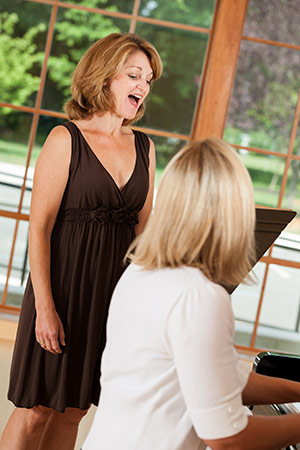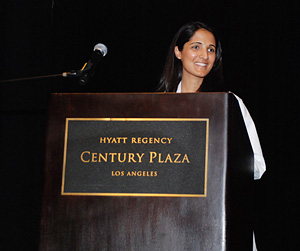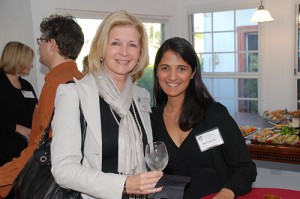- Question: How do the ingredients in e-cigarettes and vaporizers affect respiratory health? - August 16, 2019
- Bad Technique and Vocal Injury - January 9, 2019
- Is Edible Marijuana Dangerous for the Voice? Myths Dispelled - December 18, 2018
- Surprise! You have a hemorrhage - January 31, 2018
- Graves’ Disease: Treatment Overview - September 25, 2017
- Adele and the Stigma of Vocal Injury - July 11, 2017
- Vocal Curbside Consult: How does the thyroid affect the voice? - May 16, 2017
- Vocal Curbside Consult: How do hormones affect the voice? - May 3, 2017
- Vocal Curbside Consult: How do emotion and stress affect the voice? - April 17, 2017
- Vocal Curbside Consult: Vocal Recovery After Illness - April 7, 2017
 The most common questions I’m asked when I talking to people about vocal health and vocal anatomy start with “What happens when I…” followed by “sing in falsetto” or “do a voiceover in a character voice” or some other vocal task.
The most common questions I’m asked when I talking to people about vocal health and vocal anatomy start with “What happens when I…” followed by “sing in falsetto” or “do a voiceover in a character voice” or some other vocal task.
This is not surprising. The voice is a mysterious instrument, mostly so because it is hidden. But it’s mysterious also because even those of us who can see the instrument don’t use that information to its fullest:
- Simple tasks: Most doctors only do simple tasks (“Say ‘eeee’”) with the scope in place. This misses a large percentage of vocal activity and may also result in missing injuries (see side by side videos below)
- Not recorded: Many doctors do not record the exam. They put their eye to the scope instead. The voice user (singer, actor, or otherwise) does not get to see what happens.
Laryngoscopy with recording and videostroboscopy give laryngologists the opportunity to teach patients about their instruments using video playback. Laryngologists are also diligent about doing extensive laryngeal testing to discover vocal problems.
When a simple “e” is used, injuries may be missed. A simple “e” is shown in the video on the left, which appears normal. However, during complex testing (video on the right) a vocal cord weakness on the left side is seen (right side of the screen is the left vocal cord).
However, even the most diligent exam will not truly test the abilities of the voice. With that in mind, when I saw the following video, I had to share it. It was put together by Malcolm Baxter and Debbie Phyland from The Melbourne Voice Analysis Centre. They were gracious enough to give me the video to share with readers. The unparalleled vocal gymnastics are performed by Mal Webb, a vocal phenomenon and overall tough guy, considering what he did with a rather uncomfortable scope in place.
I hope you enjoy it and learn something about this amazing instrument. I particularly enjoyed it from minute 3:00 into the fourth minute, as there is some great footage of different vocal registers and incomplete cord closure, etc. It’s also fascinating how he isolates each part of the vocal tract and its contribution to sound early in the video. It gives us insight into damaging vocal behaviors as well as what looks healthy. Congratulations to this industrious team and thank you for taking us on such an amazing vocal adventure.
Read patient stories about Dr. Reena Gupta from The Division of Voice at the Osborne Head and Neck Institute.
To learn more about the voice, click here.




